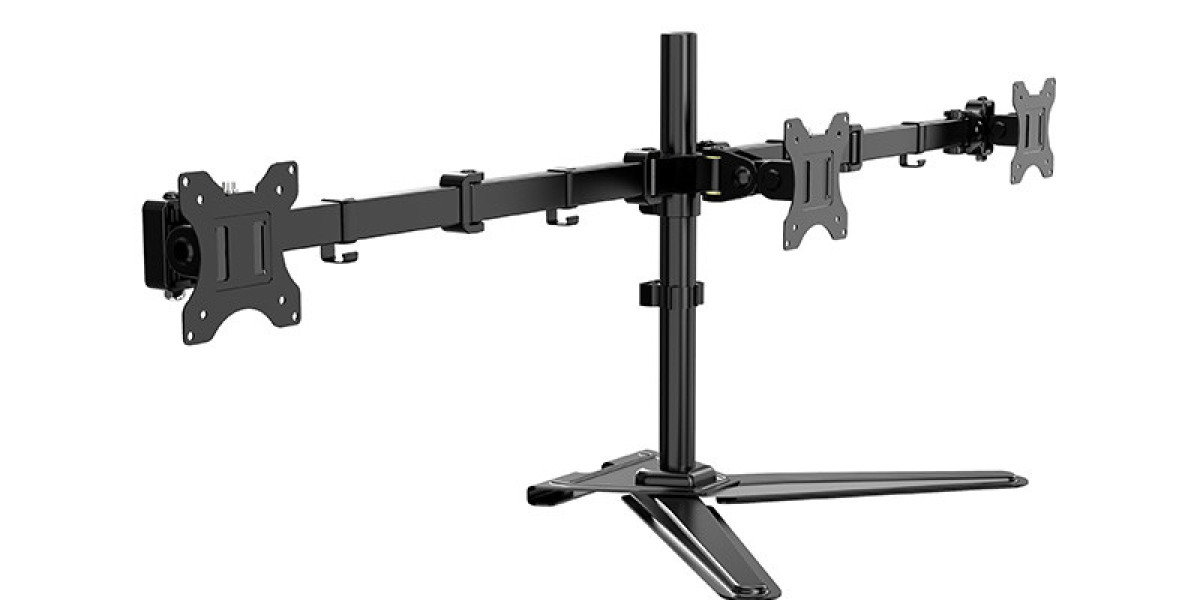The modern workspace, whether in an office or home environment, increasingly relies on digital displays, making effective screen management a priority for comfort and productivity. This is where the value of a monitor mount becomes apparent. This support structure is engineered to hold a computer screen securely, liberating it from the fixed position and limited adjustability of a standard factory stand. By providing a stable and versatile anchoring point, a monitor mount enables users to reposition their display with a notable degree of freedom, allowing for adjustments in height, tilt, rotation, and sometimes even orientation. This adaptability is fundamental to creating an ergonomic workstation that can be tailored to individual physical needs, reducing strain and enhancing focus during extended periods of computer use.
The core construction of a typical monitor mount involves a few essential components designed for stability and movement. A robust clamp or a grommet base secures the entire assembly firmly to the desk, providing a solid foundation. A vertical pole or articulated arm extends from this base, offering the primary structure for height adjustment. The critical interface between the arm and the screen itself is the VESA plate, a standardized mounting bracket that attaches to the pre-drilled holes on the back of most modern monitors. The VESA standard ensures broad compatibility across different display brands and models. The articulation of the arm is managed through a series of joints, which incorporate mechanisms like gas springs or friction controls. These mechanisms allow the user to smoothly raise, lower, extend, retract, or pivot the monitor mount with minimal effort, holding the screen securely in the desired position without sagging or drifting.
The benefits of integrating a monitor mount into a workstation are substantial. From an ergonomic perspective, it allows the user to position the top of the screen at or slightly below eye level, promoting a neutral neck posture. It can also pull the display closer to eliminate squinting or push it back to reduce eye strain, and tilt the screen to minimize glare from overhead lighting. Beyond health considerations, a monitor mount creates valuable real estate on the desk surface by eliminating the large footprint of a conventional stand, allowing for a cleaner workspace with more room for notebooks, peripherals, or other items. For multi-display setups, a dual monitor mount can align two screens seamlessly, creating a continuous visual field that improves workflow efficiency. The functional advantages provided by a well-chosen monitor mount make it a significant upgrade for any serious computer user.







